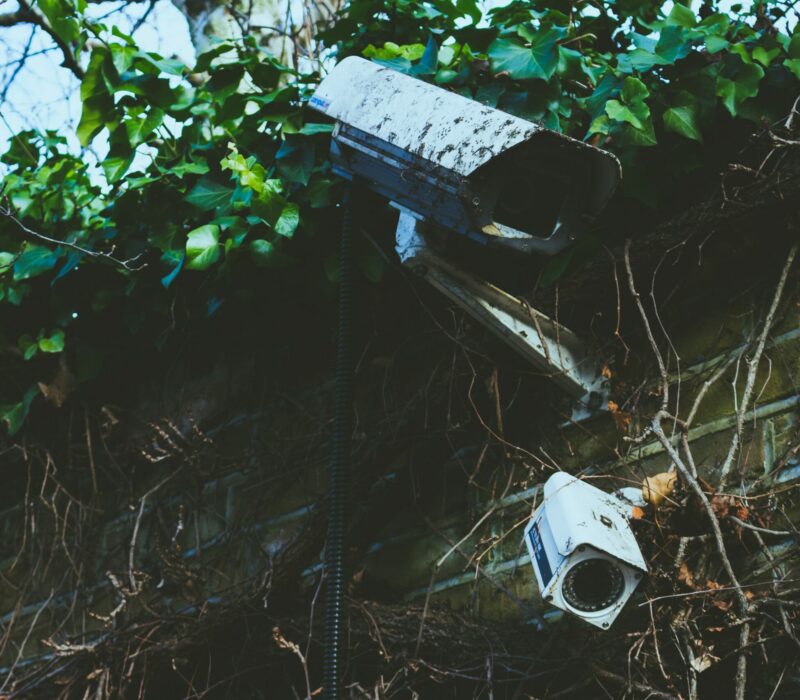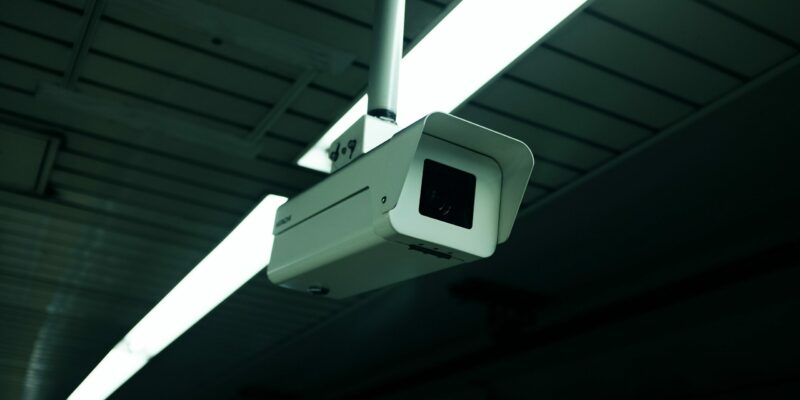Fundamental changes in the collection, analysis, sharing, and storage of digital data have greatly expanded the utility of surveillance cameras during the past decade. The push towards smarter cities and the expanding industrial internet of things already relies heavily on the use of security cameras. As manufacturers improve their integrated analytical software, cameras are better able to collect data and make predictions using deep learning and AI. Today, the use of CCTV surveillance beyond security.
What are the other uses for CCTV other than Security?
Health And Safety
The importance of health and safety in the workplace cannot be overstated, yet it is often disregarded by corporations. Over the past decade, CCTV has undergone tremendous development, expanding its uses beyond security to include health and safety monitoring and the prevention of accidents in the workplace.
Employees
When it comes to keeping tabs on staff and outside contractors, commercial CCTV systems are invaluable. Health and safety rules are more likely to be followed and possible hazards are recognised if a CCTV system is watching over your personnel around the clock. Employees who were thinking about violating your health and safety laws and standards may be dissuaded by the mere presence of a CCTV camera.

Vandalism
It is not uncommon for vandals to target business buildings and sites because of the high value of the equipment there. In addition to deterring would-be intruders, CCTV can keep tabs on machinery. CCTV footage from cameras keeping an eye on the machinery in question can be reviewed in the event of vandalism claims. Managers can use this information to see if vandals may have tampered with equipment and, if so, have it inspected before workers use it.
Identifying Dangers in Context
If proper safety procedures aren’t followed, any workplace, from a factory to a warehouse to a construction site, can become a hazardous environment. You must be able to demonstrate that you have taken steps to ensure the health and safety of employees working on your commercial property if you are the owner or management of the building.
It is much easier to prevent accidents and keep an eye on a developing situation when professional CCTV has been installed. In recent years, CCTV camera technology has advanced to the point that it can record highly precise photos of what’s happening in specific workplaces. As an added bonus, you can put a halt to any crisis right away, possibly saving lives and preventing expensive property damage. Accessing CCTV cameras remotely is now possible via mobile devices such as smartphones and tablets. Site managers who oversee multiple locations from a central location will find this function very useful for keeping tabs on staff and enforcing safety protocols.

Used as Evidence: CCTV Footage
Equipment malfunctions, slips and falls, and objects falling from above are just a few of the common causes of injury on the job. When an accident occurs at work, having a properly fitted CCTV system recording the scene might help you get to the bottom of what happened. Not only may this video be used as evidence in court, but it can also be shown to employees as a teaching tool to demonstrate how accidents might happen and how to prevent them in the future.
Traffic Control
Quick advances in technology can aid traffic officers in their interactions with motorists. By monitoring traffic in real time, closed circuit television (CCTV) systems help reduce road rage incidents and criminal activity. Officers assigned to traffic control can quickly and efficiently handle a traffic gridlock.
Part of the centralised approach to traffic control in the modern era is the use of intelligent image detection technologies. This resulted from a demand for improved traffic monitoring that was both affordable and efficient. CCTV systems used for traffic monitoring often include a high number of cameras, are accessible to the public, and have extensive transmission distances. When traffic cops interact with motorists while CCTV is in place, crime rates drop dramatically.
Vehicle identification, whether enabled by hardware or software, is the most fundamental capability of a traffic surveillance camera. This is also known as “triggering” since it causes an image to be taken whenever a vehicle is detected.
Automatic Number Plate Recognition (ANPR) is an integral part of most traffic cameras’ functionality. The term “licence plate reader” (or “LPR” or “ALPR” for “automatic licence plate reader”) is commonly used.
Cameras placed across cities to monitor traffic frequently collect speed data. These kinds of devices are sometimes referred to as speed cameras. Not only can speed cameras catch reckless drivers, but they may also monitor traffic patterns and instantly pinpoint bottlenecks.
Modern traffic enforcement cameras are capable of spotting infractions on the road. These nodes are able to effectively scan live streams and, with the help of cutting-edge AI technology, determine if traffic is moving smoothly or if there is any abnormal driving behaviour that could cause delays.
Traffic violations such as not wearing seatbelts, going too fast, and crossing red lights can all be caught on camera by modern traffic surveillance systems.
A service provider who stands behind their work is one who wants to collaborate with you for the long haul. Contact our specialist right away to learn more about our cost-effective copier rentals or the top printers for sale in South Africa. We also offer a range of paper shredders for sale, including the world-renowned Kobra paper shredders.
We recommend you check out what to request when booking a printer or copier for a service, if you liked this article. Contact us for more information.

